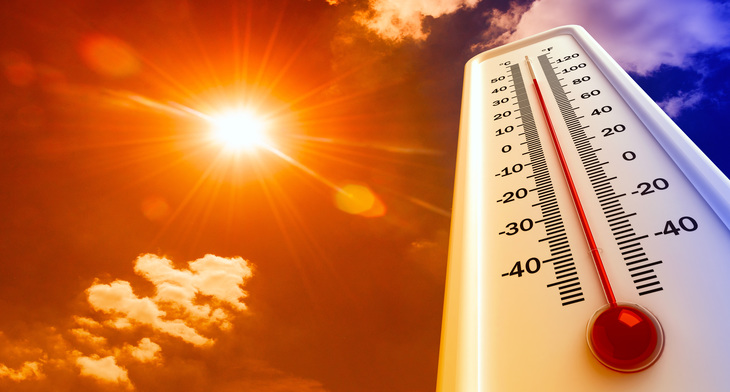Morocco is bracing for a stretch of extreme heat this week, with soaring temperatures expected to grip much of the country from Monday through Friday. According to the national meteorological agency, the intense heatwave is being fueled by the arrival of the chergui—a hot, dry wind sweeping in from the southeast—pushing temperatures well above seasonal norms.
The worst conditions are forecast in southern and southeastern provinces such as Taroudant, Tata, Zagora, Assa-Zag, Es-Semara, Boujdour, Oued Ed-Dahab, and Aousserd. There, daily highs are expected to hover between 43 and 46 degrees Celsius throughout the week. These areas have been placed under orange alert, signaling a high level of weather-related risk.
Meanwhile, a broad swath stretching from central Morocco to the northwest will also experience intense heat, particularly on Monday and Tuesday. Cities and towns across this region—including Sidi Kacem, Sidi Slimane, Larache, Kénitra, Ouezzane, Khemisset, Salé, and Marrakech—are likely to see temperatures ranging from 41 to 44 degrees. The heat will also hit inland provinces like Fès, Meknès, Béni Mellal, and Khouribga, pushing well into the 40s.
Coastal regions and parts of the interior, while slightly more temperate, won’t be spared. Places like Rabat, Casablanca, Essaouira, and Safi can expect temperatures between 33 and 38 degrees on Monday, still significantly warmer than average for this time of year.
By Wednesday, the heat is set to intensify once again, returning to many of the same provinces already scorched earlier in the week. Another round of searing temperatures—between 41 and 44 degrees—is expected in locations such as Fès, Meknès, Marrakech, and Béni Mellal, among others.
Meteorologists are urging residents to take precautions against the extreme heat, especially in areas under active alerts. The persistent high temperatures pose health risks, particularly for vulnerable groups such as the elderly and young children, and could also increase the threat of wildfires in rural zones.
